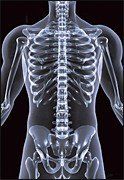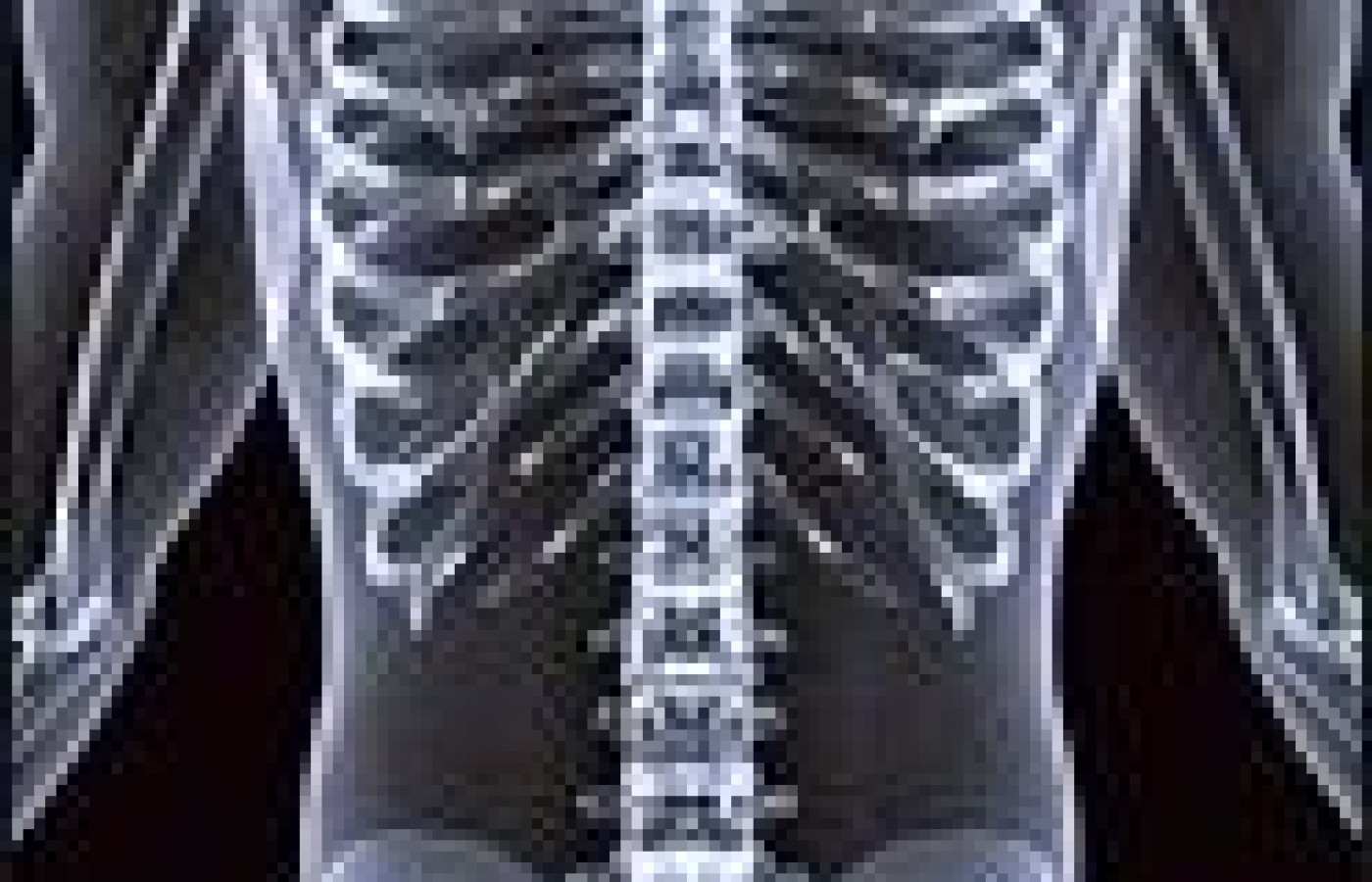Some doctors thrive in a personality-based clinic and have a loyal following no matter what services or equipment they offer, but for most chiropractic offices who are trying to grow and expand, new equipment purchases help us stay relevant and continue to service our client base in the best, most up-to-date manner possible. So, regarding equipment purchasing: should you lease, get a bank loan, or pay cash?
Diagnostic Imaging Guidelines for NMS Disorders
From Aug. 1 to Sept. 30, 2006, a Web site will be made available for chiropractors to evaluate new imaging guidelines on neuromusculoskeletal (NMS) disorders in adults. Participants will be asked to provide comments and suggestions regarding various characteristics of the proposed imaging guidelines. Specific characteristics subject to evaluation and comment include ease of use; feasibility and desire of implementing the guidelines in practice; and the comprehensiveness of the recommendations, individually and collectively.

There is an urgent need through out the health care professions to develop practice guidelines. Diagnostic imaging practice guidelines are intended to reduce unnecessary radiation exposure, increase examination precision and decrease health care costs, all without compromising the quality of care. The purpose of this project is to develop evidence-based diagnostic imaging practice guidelines for NMS disorders for use by chiropractors.
The project consists of eight phases, four of which have already been completed. Based on an exhaustive literature review and in collaboration with a staff chiropractic radiologist, a first draft of diagnostic imaging practice guidelines for chiropractic was produced and then sent for a first external review (phase 3). A group of over 70 international experts on the topic of neuromusculoskeletal disorders evaluated the proposed guidelines to provide recommendations by consensus opinion (phase 4).
The expert consensus guidelines will be forwarded to various chiropractic specialties for further external review and consideration (phase 5). Simultaneously, a public Web site will be made available, allowing chiropractors worldwide to consider the Delphi expert consensus guidelines (phase 6). Upon completion of the second external review and after receiving comments by field practitioners about the Web site and the guidelines contained therein, the suggestions and comments will be considered by the executive committee and incorporated into the document for the Delphi expert panel to review (phase 7). The executive committee will then draft the final version of the guidelines based on consensus opinion. Phase 8 of this project will involve the dissemination and implementation of the international consensus opinion guidelines.
To access the online version of the proposed guidelines, visit www.uqtr.ca/imagingchiroguidelines between Aug. 1 and Sept. 30, 2006. For more information, contact the principal investigator of the research project, André Bussières, DC, FCCS (C), BSc, professor, department of chiropractic, Université du Québec à Trois-Rivières, at andre.bussieres@uqtr.ca.



